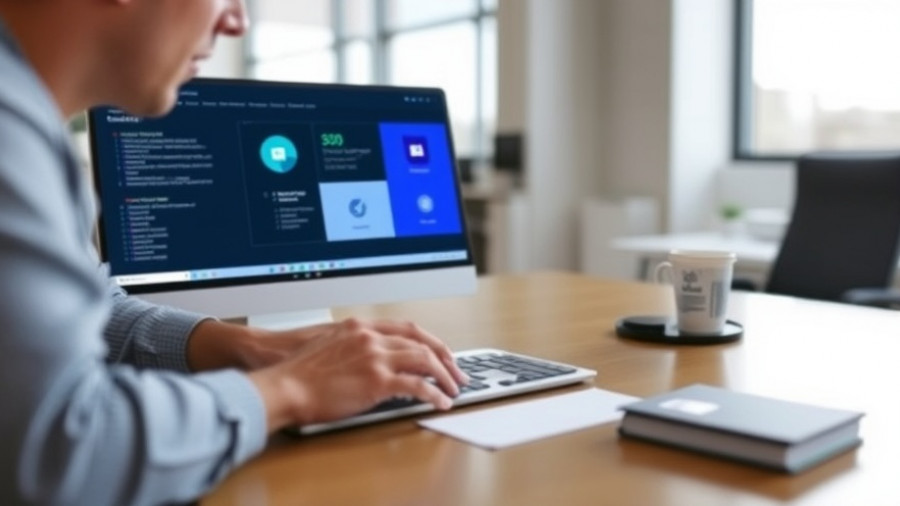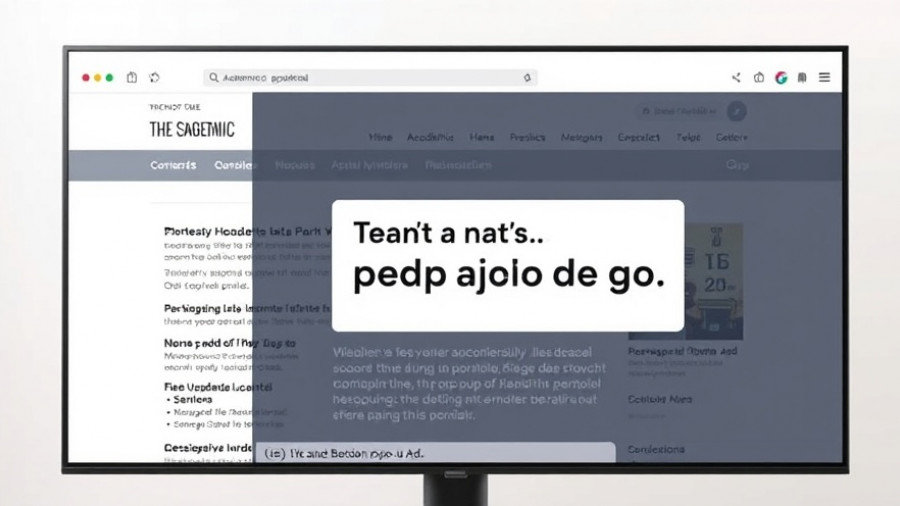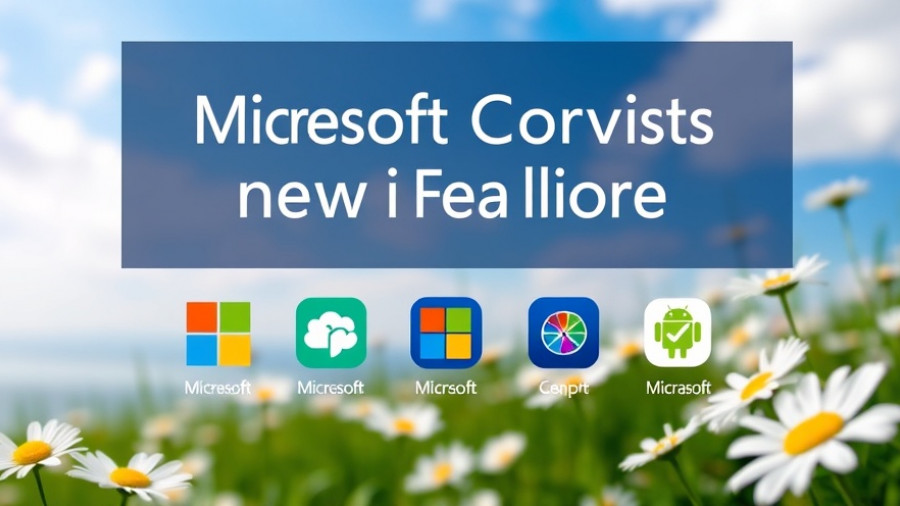
Microsoft's AI Copilot Gets a Human Touch With VASA-1 Technology
In a transformative leap towards more personalized human-computer interactions, Microsoft has unveiled its innovative "Portraits" feature for Copilot Labs. This experimental utility uses VASA-1, an advanced artificial intelligence technology, to generate real-time animated avatars that reflect human facial expressions during voice conversations. Offering users the choice of 40 distinct avatars, including stylized human faces, Microsoft aims to foster a more engaging atmosphere for verbal communication with AI.
The Appeal of Conversational Avatars
Microsoft’s decision to experiment with animated human avatars stems from user feedback emphasizing a desire for a more relatable interface when conversing with AI. According to Mustafa Suleyman, CEO of Microsoft AI, many users expressed discomfort during text-based exchanges, preferring a face to connect with during voice conversations. This move is inspired by competition in the AI landscape, particularly following X's introduction of 3D avatars that include NSFW features, signaling the tech industry's growing emphasis on making AI interactions more human-like.
Safety Measures in AI Interaction
Incorporating safety and ethical guidelines is a challenge as AI technology evolves. Microsoft has put in place strict limitations on access to the Portraits feature, with the service available only to eligible users aged 18 and over. Alongside the age restrictions, there are daily and session-based limits to ensure conversations remain safe and appropriate. The avatars themselves are designed to be stylized—eschewing photorealism for visual variety—while maintaining the intelligence and safety features that users expect from Copilot. This cautious rollout reflects ongoing concerns regarding user interactions with AI, particularly allegations of harmful exchanges stemming from rival technologies.
VASA-1: Underlying Technology of Copilot Portraits
At the heart of the Copilot's new avatars lies VASA-1, a sophisticated AI tool developed by Microsoft Research. This technology facilitates the generation of natural facial animations, enabling lifelike interactions from just a single image—eliminating the complexity often associated with 3D models. This innovation not only enhances user engagement but also sets a new standard in the development of conversational interfaces across the tech industry.
Future Trends in AI Communication
The introduction of Portraits may well signal a shift in how digital assistants are perceived and used. As firms explore the potential of embodied AI, the experience of chatting with a computerized assistant grows more nuanced and interactive. As avatars become more mainstream in AI applications, they could significantly influence user acceptance and comfort levels in engaging with machines. This trend indicates a move towards a future where interactions with technology resemble human communication more closely than ever before.
Conclusion: A Step Towards Smarter AI
Microsoft's deployment of the Portraits feature represents a pivotal step in the evolution of AI interactions—enhancing its Copilot AI with visually animated avatars that promise to make communications feel more personal and engaging. As technology continues to integrate advanced features like VASA-1, the potential for transformative applications grows. Users interested in a deeper, friendlier interaction with AI can look forward to engaging experiences that resemble real conversations more closely. Microsoft seems to be on the cutting edge of redefining what AI can offer, paving the way for future innovations and broader acceptance of AI assistants.
 Add Row
Add Row  Add
Add 




Write A Comment